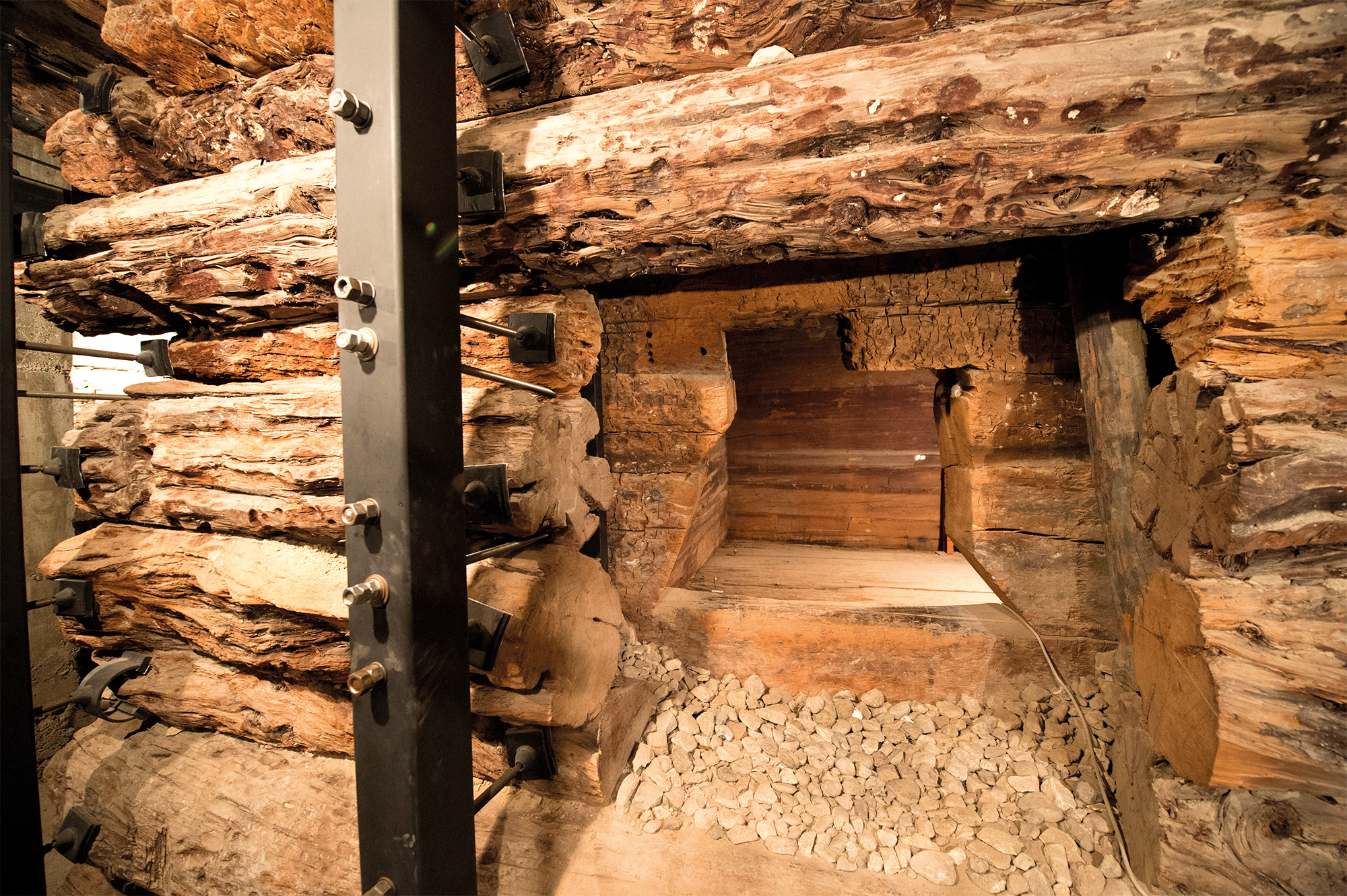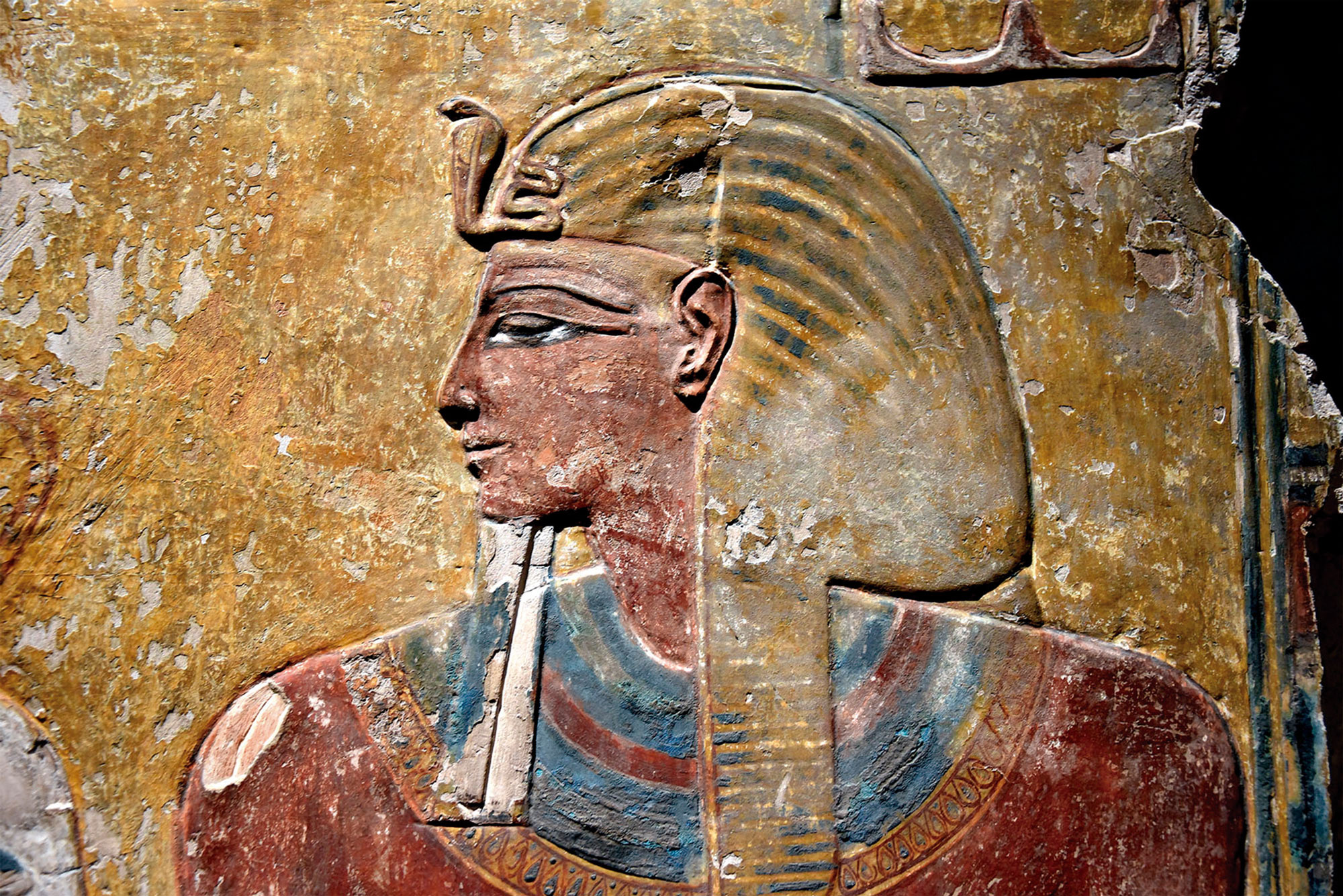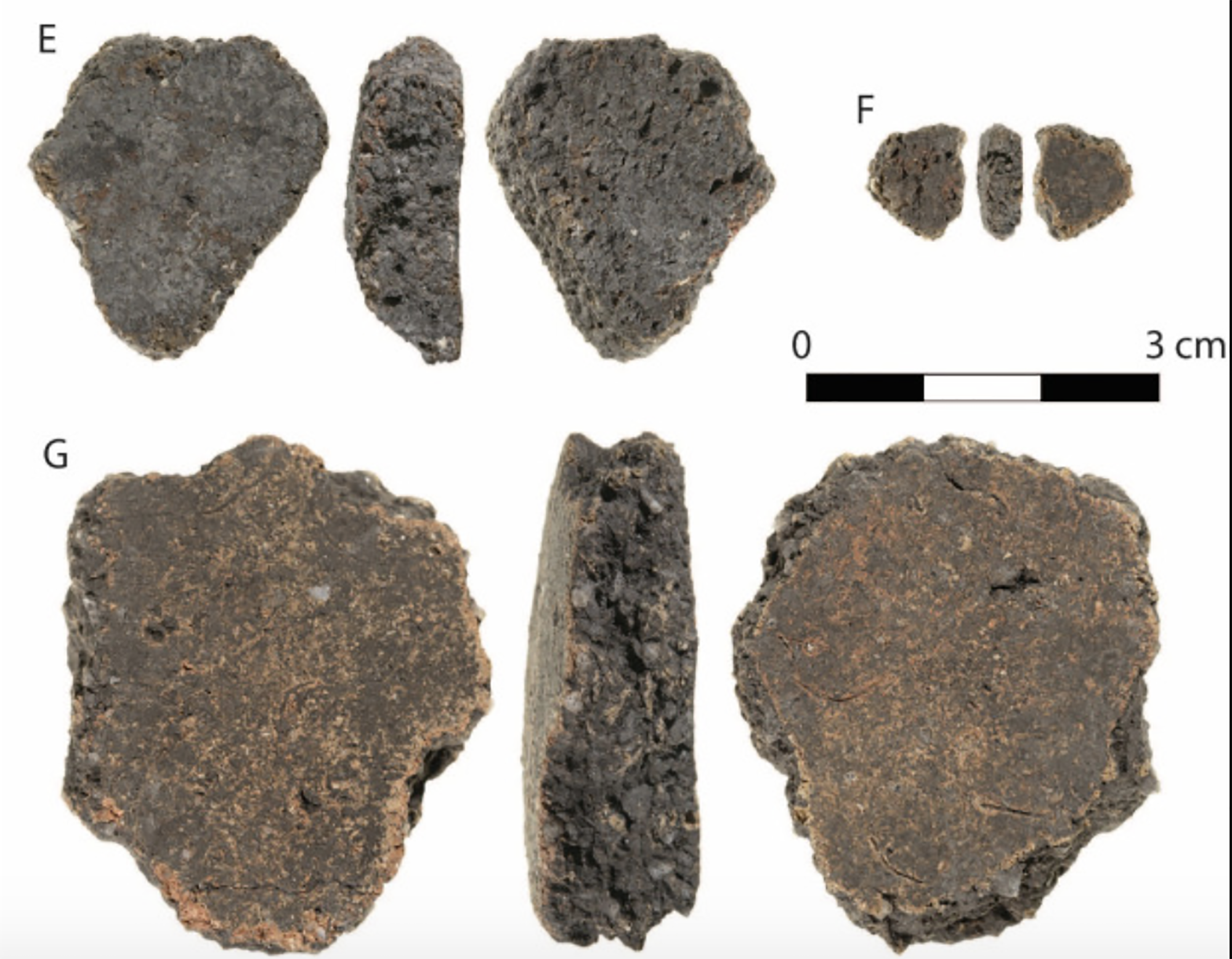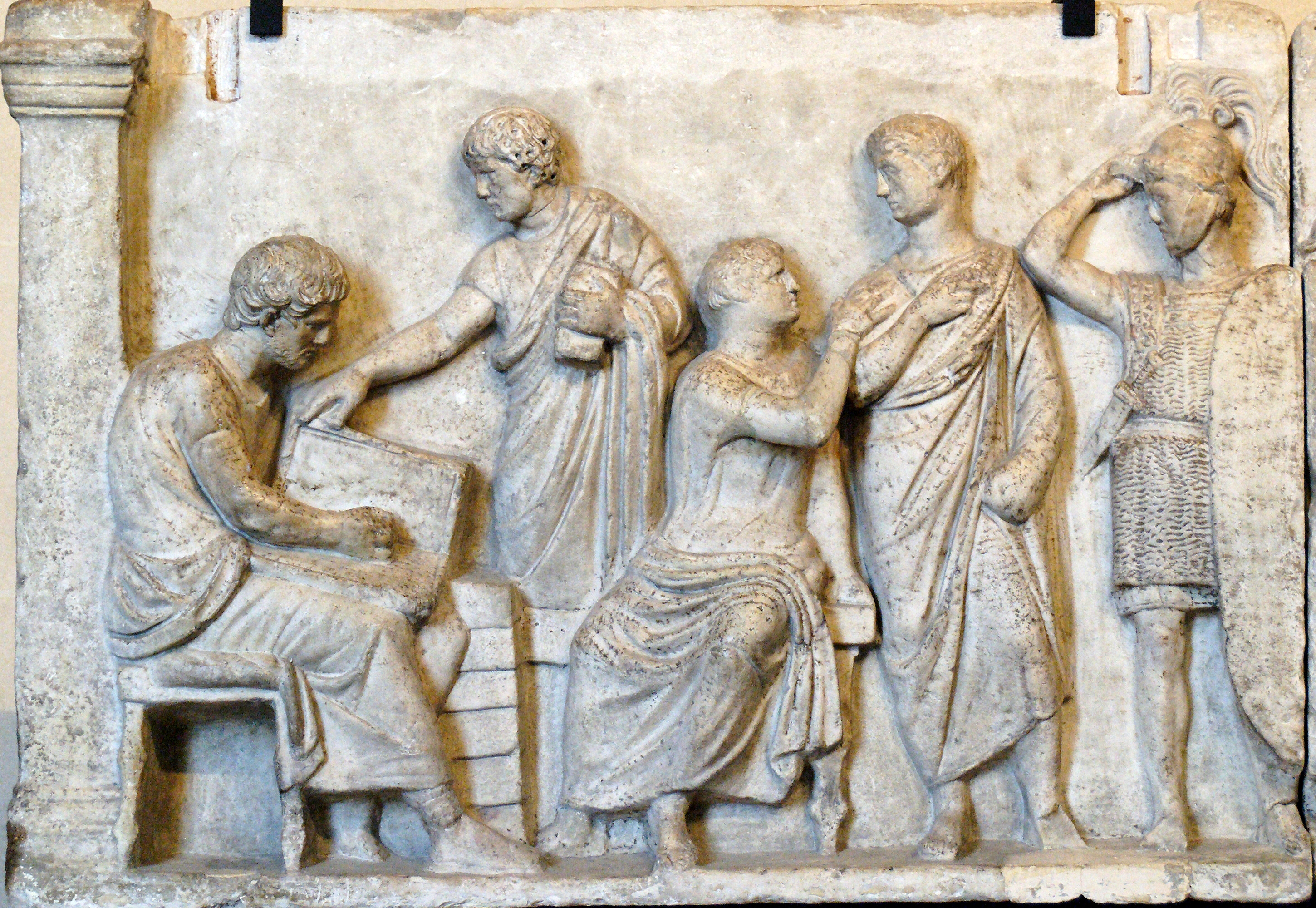Sinking of Hitit and a Basque boat
- Anatolia, 3,200 years ago. The Hitit empire sank. One of the major powers of the Bronze Age, including the one facing Assyrians and Egyptians, disappeared in a few years. An investigation discovers mystery tests on tree trunks back then.

Volcanoes, earthquakes, pirates, migrations, invasions, epidemics… many hypotheses have been released to explain the sudden decline of the Hittite empire, but a study recently published in the journal Nature has unveiled the mystery: the Hittite empire could not cope with a long three-year drought (a. C.). 1298-1296). The exact answer was read by the archaeologist at Sturt Manning Cornell University in the rings of the tree logs, that is, dendrochronology has been used.
For this purpose, he has studied the wooden chamber of the tomb of King Midas in Gordion (Turkey), the name of the well-known king, for which the real for which he was built is unknown. The House was built about 2,700 years ago with over a hundred logs. This happened in the time of the kingdom of Frigia, centuries after the decline of Hitit. But because they used juniper wood, and the tree species lives a long time, eighteen living logs were identified at the time of the Hittites. And in all of them, three distinctive rings have been found that indicate extreme water shortages.
Thanks to dendrochronology, logs are not just calendars, but maps. As the sequences of local rings are completed, it is possible to know not only the origin of the wood, but also its origin.
But thanks to dendrochronology, logs are not just calendars, but maps. As the sequences of local rings are completed, which in California have shaped the chronology of the species Pinus longaeva, over 8,000 years, you can know when the wood is and where it is from.
In 2002, 15th century shipwrecks were discovered in the former port of Newport in Wales. The dendrochronologist Nigel Nayling dated the ship 26 meters, but the wooden ring of the boat did not find synchronization with the numerous dendrochronological references of the UK. This wood didn't come from the British Isles. He sent the completed sequence to the laboratories he knew in Europe, thus reaching Arkeolan in 2005. But the reference curve Arkeolan had at the time was limited. In 2011 and 2012 it was extended to the 13th century and compared to Newport's references by dendrochronologist Joshua Susperregi. And the two of them came together. Nayling quickly arrived in the Basque Country and in the laboratory of Irún, along with Susperregi, found in a week that the synchronization was perfect. The 26-meter boat from Newport was built with oak grown in the Basque Country.
Egypt, a.C. 1303. Pharaoh Seti I received in a sign the military campaigns carried out in the area of Gaza and Syria. This inscription first referred to the people of Robihwa. The Egyptians called it, while the Assyrians called it Rafihu, the Greeks and the Romans Raphia and the... [+]
Members of the James Cook University and the Research Council of Australia have discovered ceramic fragments from 2,000-3,000 years ago on the island of Jiigurru in northwestern Australia. These are the oldest ceramic remains discovered so far in Australia. The geological study... [+]
Rome, a.C. 443. Censors were elected for the first time. Two centuries later it would be the most important magistrature of the Republic. Every five years, they chose two censors among consular senators.
It was a position of great responsibility: they were primarily responsible... [+]
Chronicler Theophanes Declarante stated that winter 763-764 was one of the coldest in history. Snow and ice occupied the Byzantine capital and also saw an iceberg in Bosforón.
Climate cooling has been considered to be due, among other factors, to the lack of volcanic activity... [+]
Toledo, 1272-1280. Alfonso X of Castile gathered 427 monomedical songs dedicated to the Virgin. The Cantigas de Santa Maria constitute one of the most important musical and literary collections of the Middle Ages, but being decorated with the miniature cantiga, these... [+]















